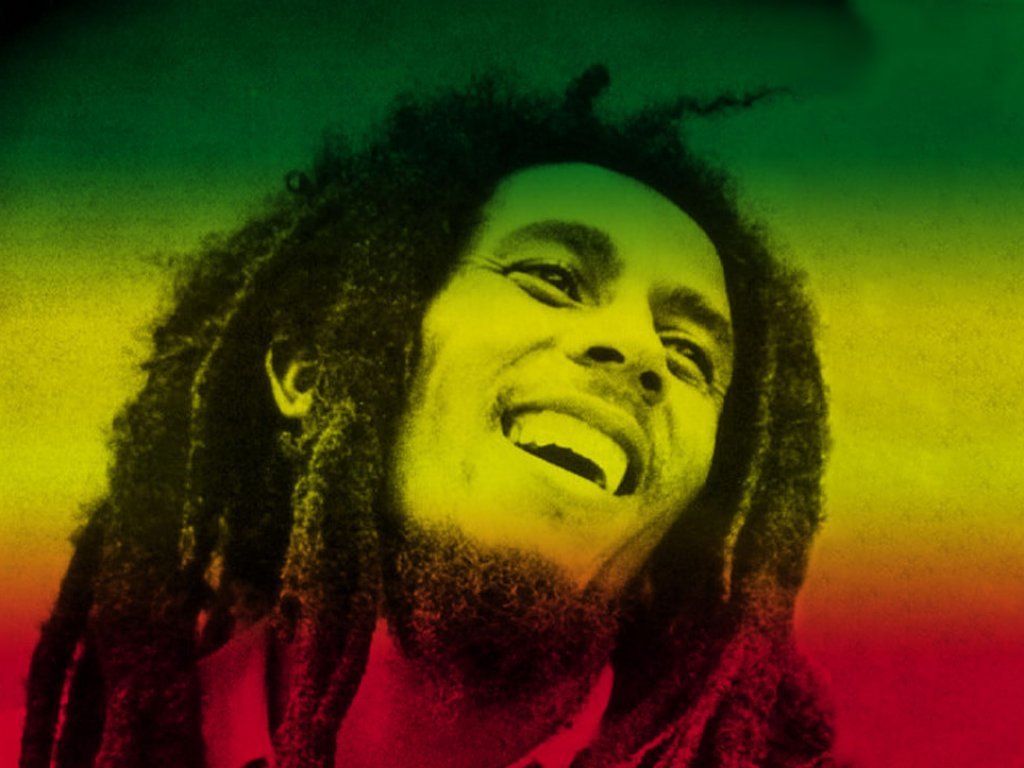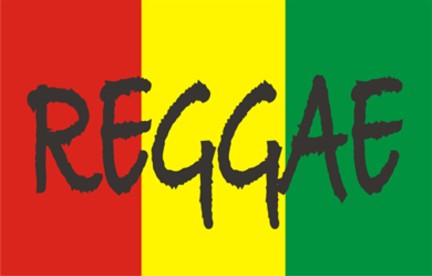
Recently, I viewed a video entitled “TCTS Studio 54” by TCTV. While it was entertaining, a particularly chord struck with me when at a certain point in the video, the following question popped up: “Why is it that Sri Lankans like reggae so much?”
I pondered this question for a while. I myself am a fan of reggae and other Caribbean-based music, and I know this is true of many other people of Sri Lankan origin. Clearly, there must be a reason as to why Sri Lankans love and appreciate this particular genre of music. Everything has a purpose, and I believe that a phenomenon of this magnitude does not just happen due to sheer coincidence.
It seemed logical to me to start by looking at Sri Lankan music and to compare it to reggae. After all, it makes sense that Sri Lankans like reggae music due to some familiarity between the two, and it is possible that there are traits in reggae that attract us.
The quest for a meaningful answer begins with an analysis of baila music. Baila is a form of dance music that defines Sri Lanka today. It has formed a large part of musical evolution on the island, and it is a style of music that the current and past generation of Sri Lankans appreciate to this very day. Baila traces its origins from the Portuguese word “bailar” meaning to dance.

Although this may imply that the Portuguese have had an influence on the beginnings of this music (which to an extent is true), it is actually the Afro-Sri Lankan community – known as Kaffirs – who took the instruments of the Portuguese accompanied by drums and began the music that has now shaped the island. (The Kaffir community is now nearly extinct, but a significant portion still live in Mannar in Sri Lanka’s Northern province.)
Baila didn’t actually hit the mainstream music scene until the late 1960s and early 1970s. In the Sinhala community, baila gave rise to singers such as Wally Bastian and Clarence Wijewardena. In the Tamil community, singers such as A.E Manoharan and Nithi Kanagaratnam rose to prominence.
Nithi Kanagaratnam has greatly shaped Tamil baila and has been affectionately given the title “Father of Tamil Popular Music.” What is really interesting is the origin of the influence of his songs. Nithi Kanagaratnam began singing in 1968 and the style of songs was of calypso origin.
Calypso traces its origins to the West Indies, though today this type of music is more specific to Trinidad and Tobago. During the colonial period when French plantations imported slaves from West Africa, a type of music known as Kaiso was formed using African influence and mostly French instruments. Calypso is a derivative of Kaiso and became more important once the French brought the concept of “Carnival” to the West Indies after the abolition of slavery in 1834. Calypso music is still predominant in West Indian music today.

The fact that Nithi Kanagaratnam’s musical pieces were popular in his time indicates that Sri Lankans loved music that came from the West Indies via calypso. However, since calypso sounded very similar to baila, the origins of Nithi’s Kanagaratnam’s works were considered relatively unimportant as his music was similar to the music of other artists of that era.
In the 1980s and 1990s, the outbreak of civil conflict led to a mass emigration of Sri Lankan Tamils to Europe and the Americas. With the generation of Sri Lankans who appreciated the baila music of the 1960s and 1970s settling in the West, a cultural change ensued as well. While the Tamil diaspora retained the culture they grew up with on the island, some changes occurred to integrate to Western society.
At this time in Canada, there was a strong West Indian population who had migrated a decade prior to the arrival of Sri Lankans. The communities came into contact and a cultural exchange was made. Sri Lankans discovered mainstream music that emerged from the Caribbean. Artists such as Bob Marley and Boney M were prominent, and this genre of music jived with Sri Lankans. It may have been because the music sounded “familiar".
Add this type of music with the music that was brought from Sri Lanka and we have the music that may have predominantly affected your life. Since this new generation grew up in the 1990s, it was more than possible that they began to search for music that would define them and their interests. Given the taste in music that comes from our parents – calypso-based songs of baila – it seems logical that this new generation enjoys music that emerged from the parallel Caribbean generation. This was the time of the rise of reggae and rap. We discovered it and we enjoyed it.

So simply put, the link that exists between Sri Lankan music and Caribbean music… is Africa! After all, baila originated from the Afro-Sri Lankan community and calypso emerged from the Afro-Caribbean community. Both types of music existed for centuries and both types of music have distinctly defined each of these parts of the world. It was through globalization that this connection had been realized.
In the end, it’s actually not a sheer coincidence that people of Sri Lankan origin have such an avid appreciation for reggae music. It was bound to happen!

























